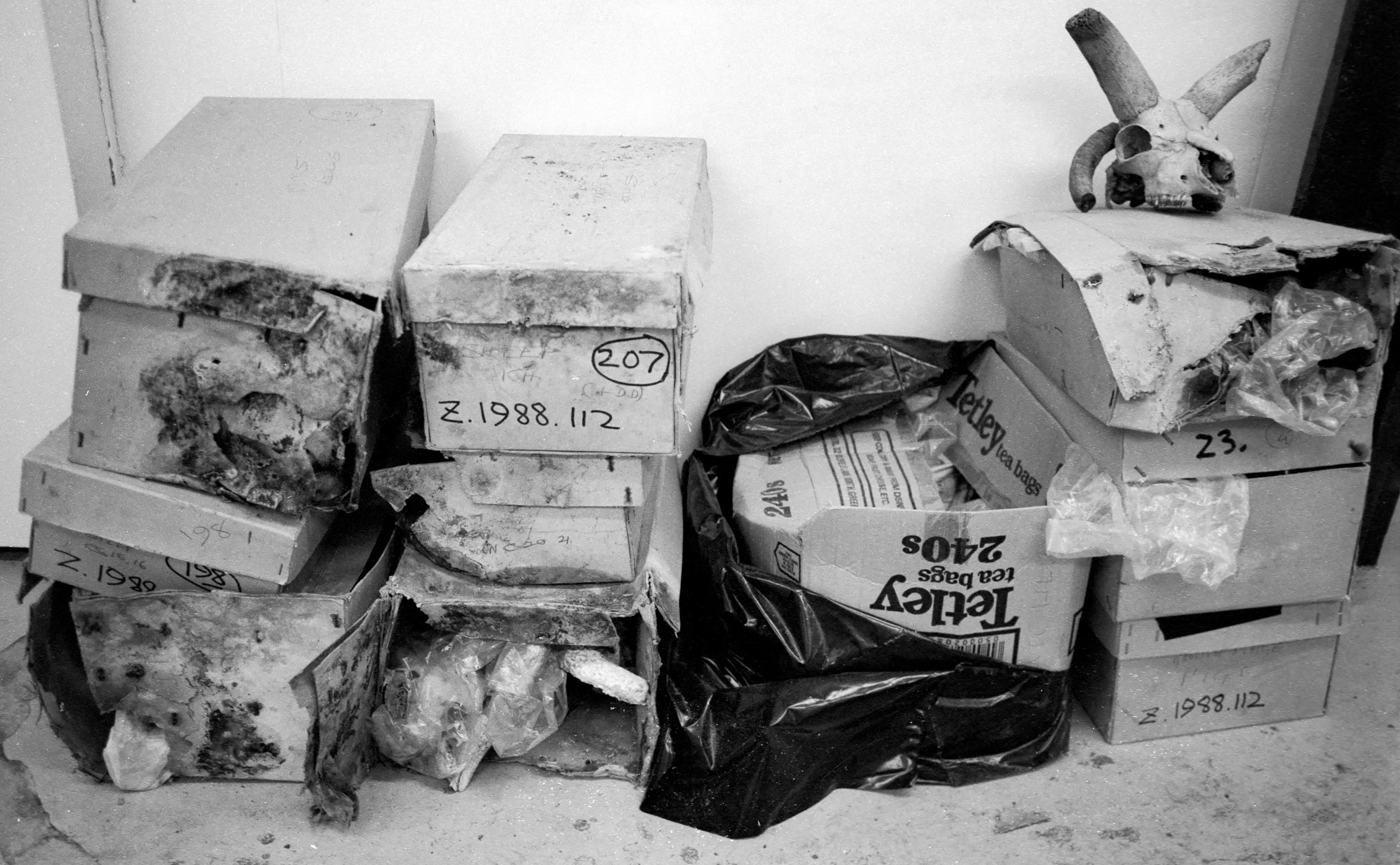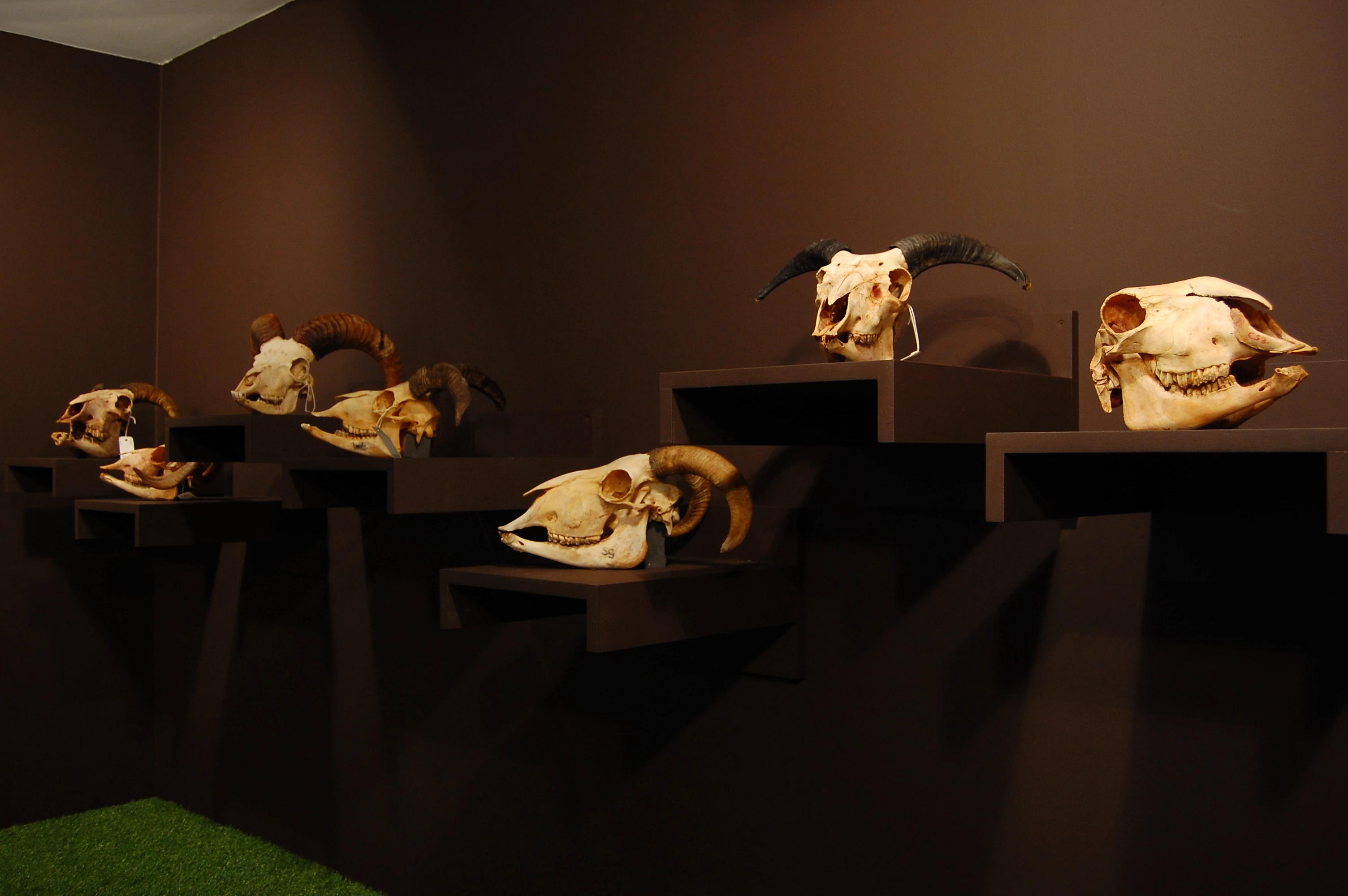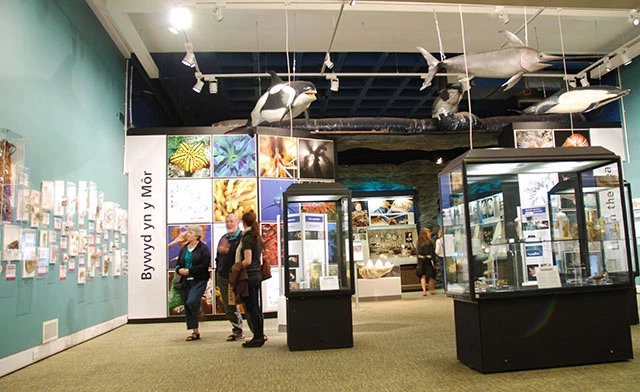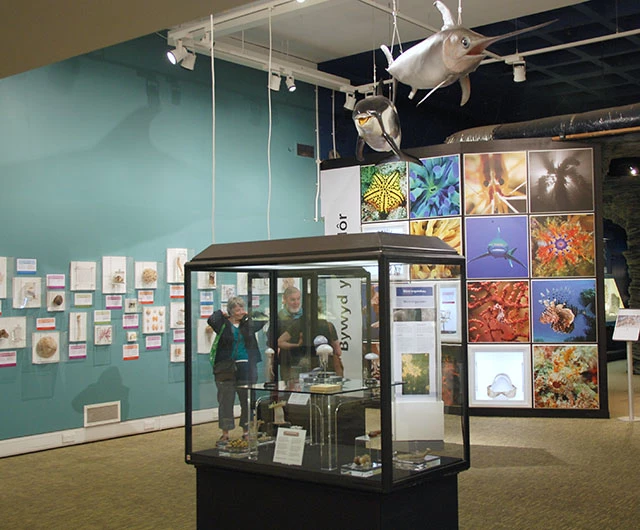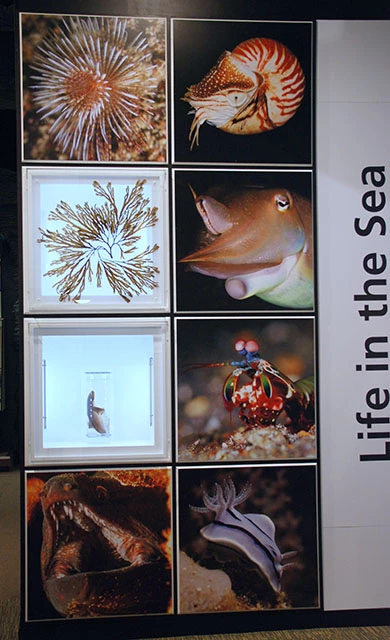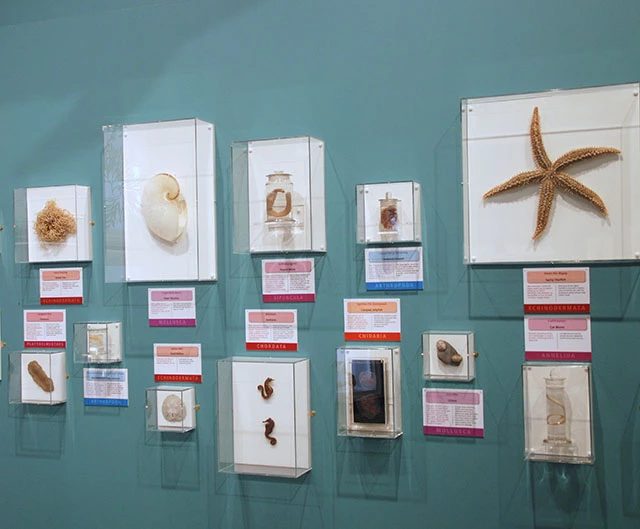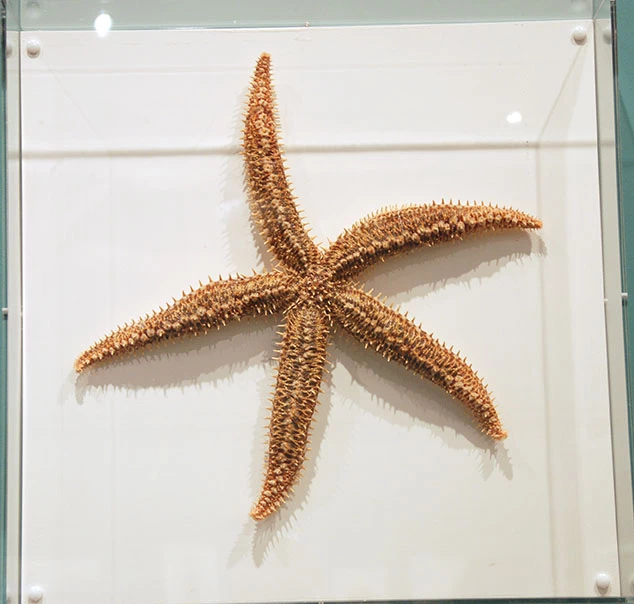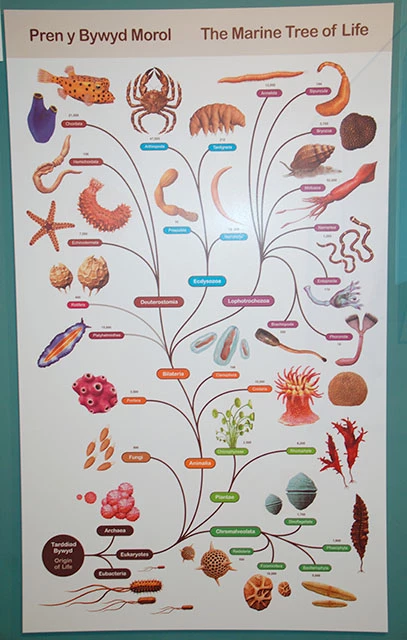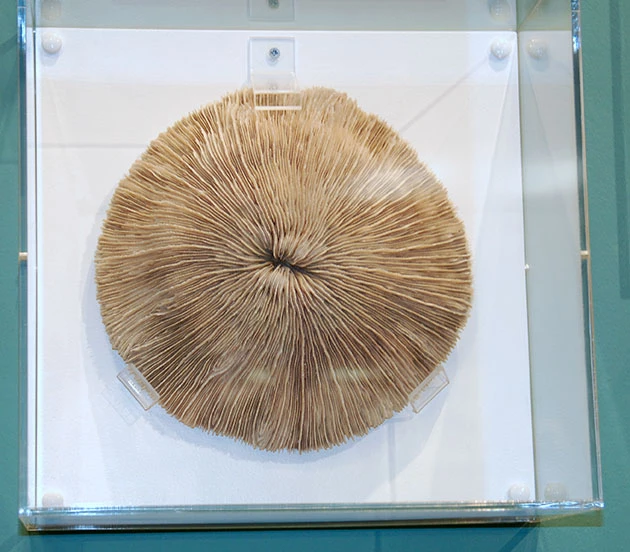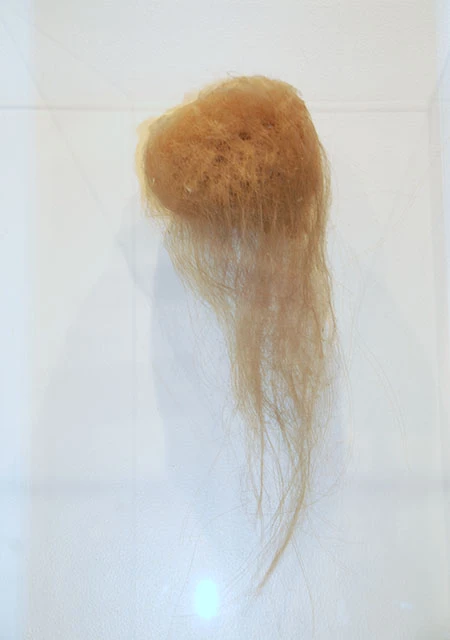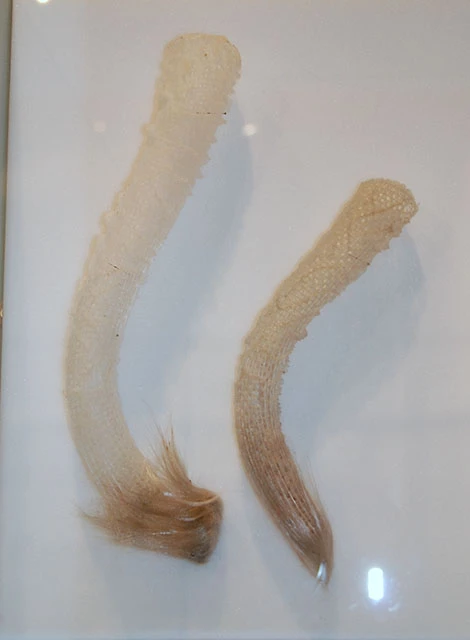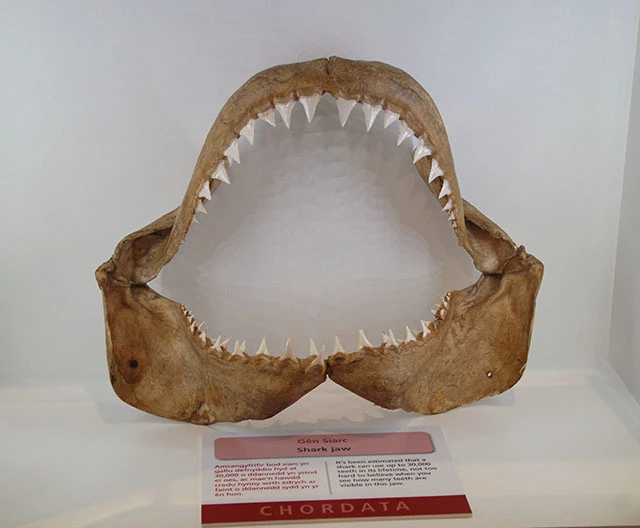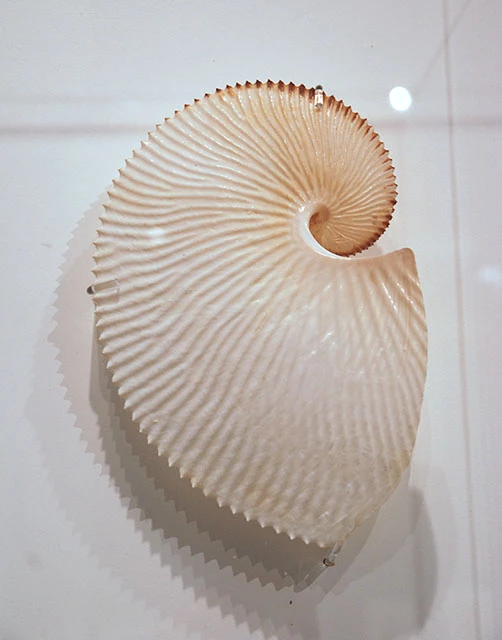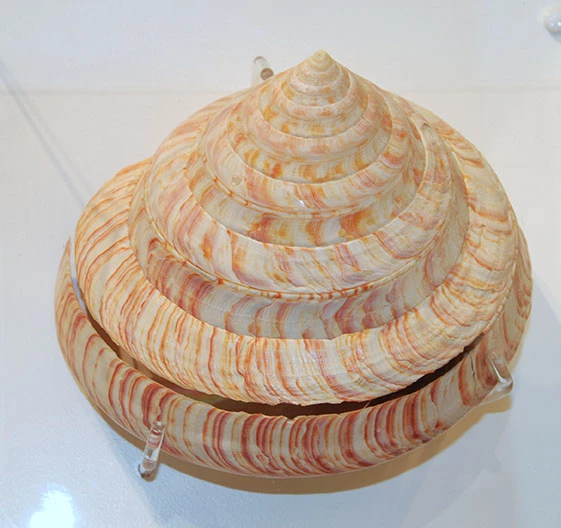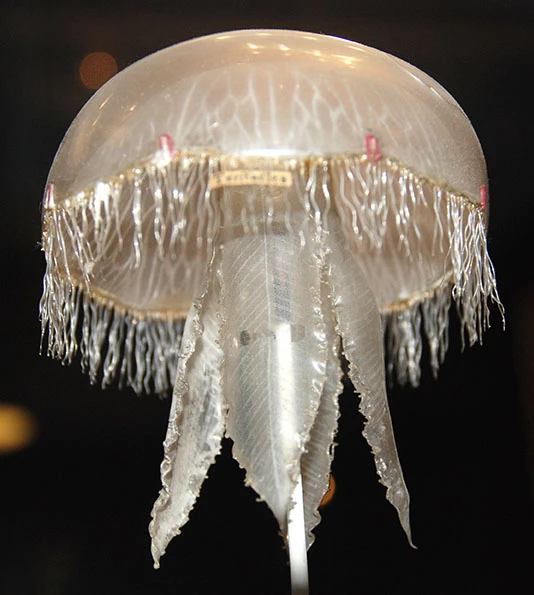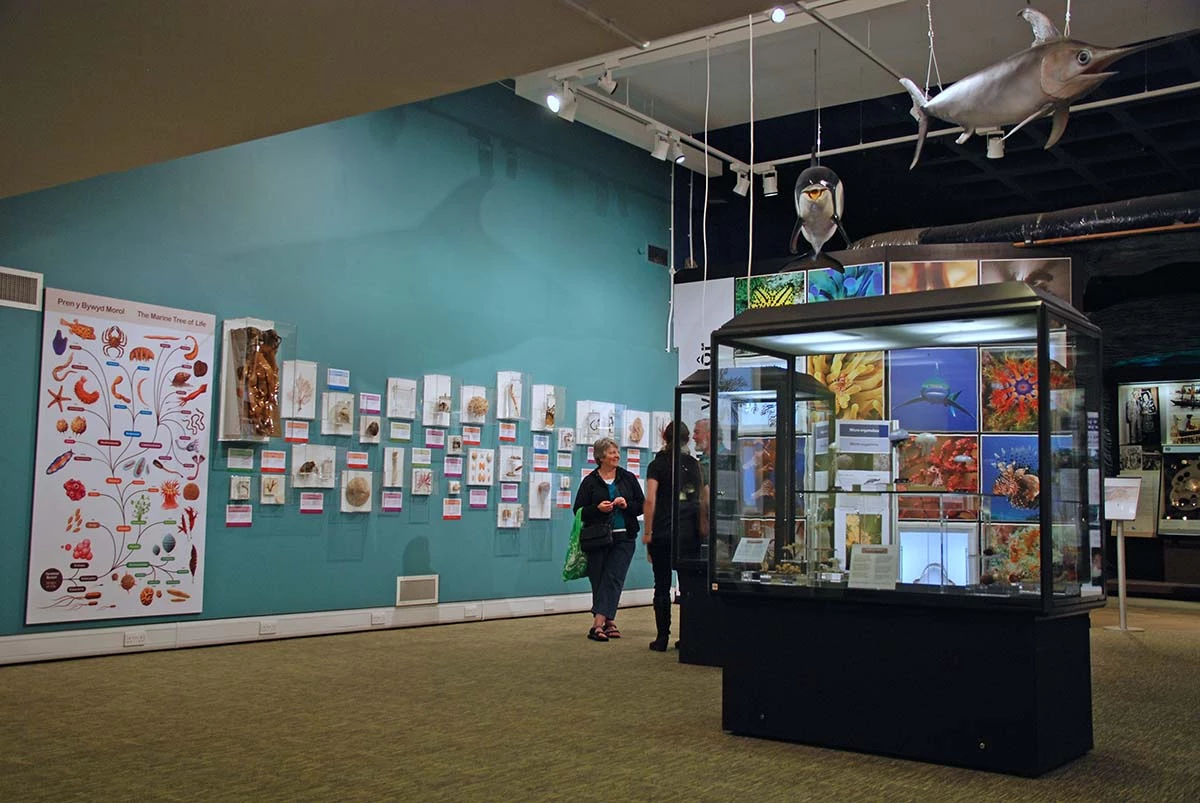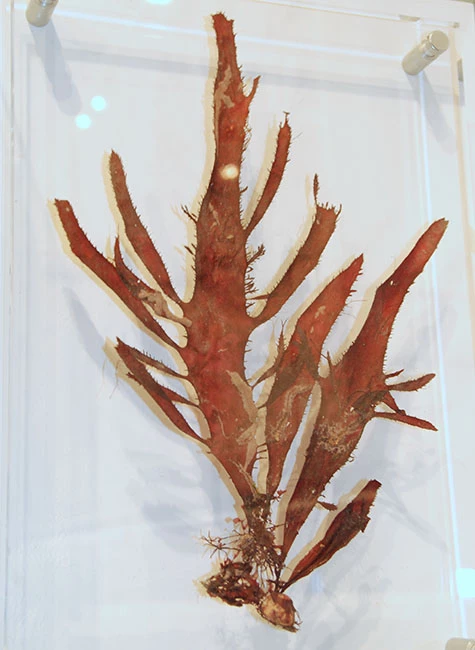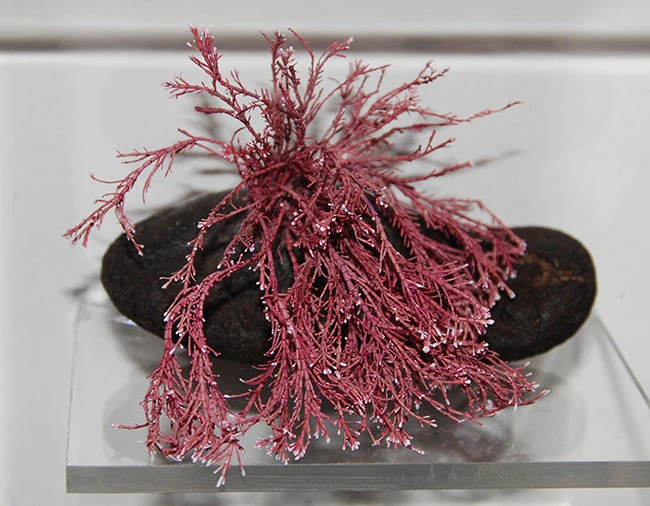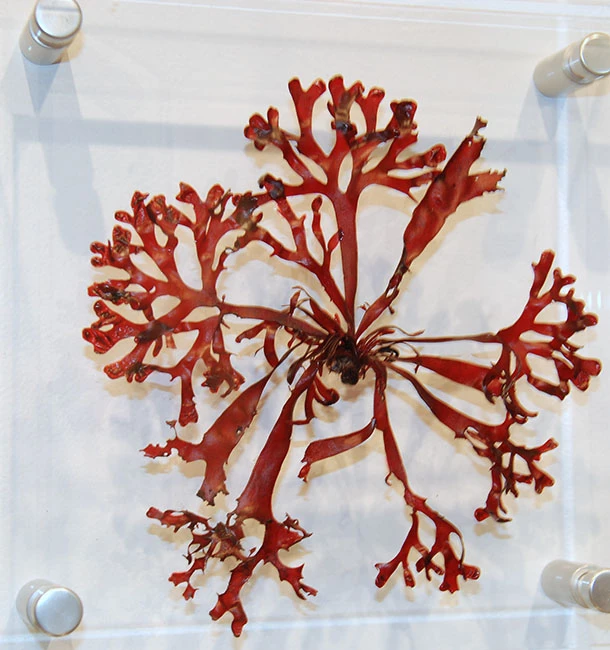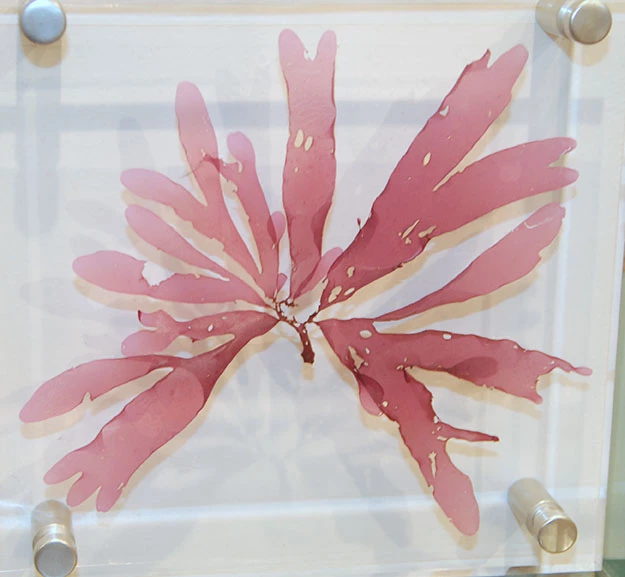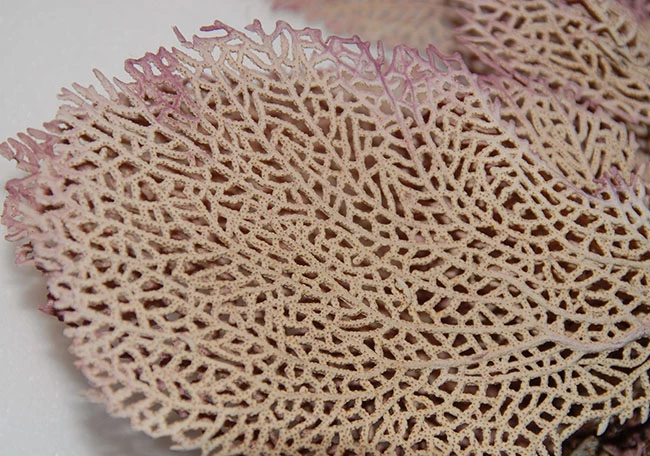Natural History Halloween Open Day - more scary pictures!
, 13 November 2012
Following on from the last post about our Natural History Halloween Open Day, we thought you might like to see some more pictures of the event.
We had some freshly collected fungi on display, including an invitation to sample the smell of a fresh stinkhorn and to speculate on the significance of the smell to the biology of the fungus. We found it got some interesting reactions (although it’s not so fun being sat downwind from it!).
There were also some less stinky but realistic wax models of fungi. These were made in the mid 1900s by our in-house botanical model-maker, a practice that continues today.
A ‘murder mystery’ had also taken place in our herbarium (the plant collections), an area not usually open to the public. Whilst surrounded by our quarter of a million pressed herbarium specimens, you had to work out which plant was used to poison the victim!
If this has whetted your appetite, keep an eye on our Natural History collections Twitter feed @NatHistConservation for more behind the scenes sneak peeks. Also stay tuned to the What’s On guide on our main website for details of the next Open Day. More stories from behind the scenes can also be found on the 'Rhagor' pages of our website e.g. conserving wax models.

.webp)

